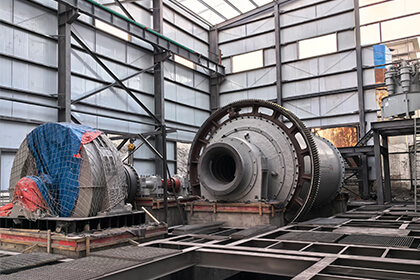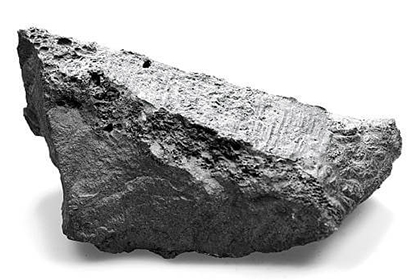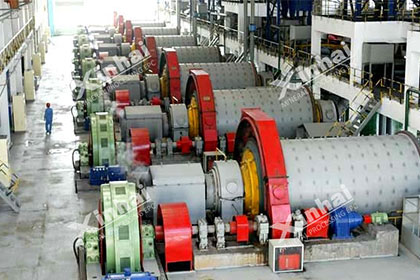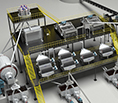A Beginner’s Guide to Nickel Processing
 Laura
Laura
 Aug 25, 2025
Aug 25, 2025
 783
783
If you want to know more details about equipment, solutions, etc, please click the button below for free consultation, or leave your requirements!
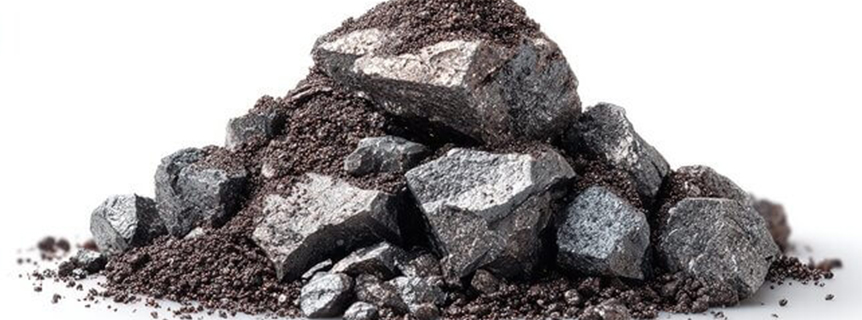
nickel ore
Nickel, a versatile and widely used metal, plays a pivotal role in various industries, including automotive, aerospace, electronics, and energy storage. From being a key component in stainless steel to its essential use in batteries for electric vehicles (EVs), understanding how nickel is processed is crucial for anyone entering these fields. This guide will walk you through the basics of nickel processing, offering a clear overview for beginners.
01 What Is Nickel Processing?
BackNickel processing refers to the various stages involved in transforming nickel ores into usable forms, such as refined nickel, alloys, or chemicals. The process begins when nickel ore is extracted from the earth, then undergoes various mechanical, chemical, and thermal treatments to produce high-purity nickel that can be used in industrial applications.
Nickel is primarily found in two types of ores:
Sulphide Ores: These are typically rich in nickel and copper, found in deposits that are more common in countries like Canada, Russia, and Australia.
Laterite Ores: These are more abundant in tropical regions and contain nickel in the form of oxides or silicates.
02 Nickel Extraction Methods
BackThe extraction of nickel from ores involves several stages. Below are the primary methods used in nickel processing:
1. Crushing and Grinding
The first step in nickel processing is to crush and grind the ore to a fine powder. This increases the surface area of the ore, making it easier to extract the nickel content.
2. Concentration of Nickel Ores
After grinding, the ore is subjected to a concentration process, where valuable minerals (like nickel) are separated from waste material (known as gangue). This can be done through flotation, where the minerals are suspended in a frothy liquid and separated based on their affinity for water.
3. Smelting
Once the ore has been concentrated, it is heated in a furnace in the presence of a flux (such as silica or limestone) to remove impurities and separate the nickel. The result is a matte, a mixture of nickel, iron, and sulfur.
4. Refining
To produce pure nickel, the matte undergoes refining. There are two common methods:
The Sherritt-Gordon Process: A hydrometallurgical technique that uses sulfuric acid to leach the nickel from the matte, followed by a series of chemical reactions to separate impurities and produce high-purity nickel.
The Mond Process: A gas-phase process in which nickel is reacted with carbon monoxide to form a nickel carbonyl gas. The nickel carbonyl is then decomposed to produce pure nickel.

Nickel ore beneficiation process flow chart
03 Nickel Refining: From Matte to Pure Metal
BackAfter the initial extraction and smelting, further refining processes are used to purify the nickel. The two main methods for refining are:
1. Electrolytic Refining
In this process, the impure nickel is dissolved in a sulfuric acid solution and an electric current is passed through the solution. The pure nickel plates onto a cathode, while impurities (like iron and copper) settle at the bottom. This method can produce nickel with a purity level of over 99%.
2. Chemical Refining
Another approach involves chemical reactions, where impurities are removed by adding chemicals that react with specific unwanted elements, allowing them to be separated from the nickel. This method is less common than electrolytic refining but is still used in some plants.
04 Applications of Processed Nickel
BackOnce refined, nickel is used in a variety of industries:
Stainless Steel Production: The most significant use of nickel is in the production of stainless steel. Around 70% of all nickel produced globally is used in this application due to nickel's ability to resist corrosion and improve the strength of steel.
Batteries: Nickel is essential in manufacturing batteries, particularly for electric vehicles (EVs) and hybrid vehicles. Nickel-based batteries (such as nickel-metal hydride (NiMH) and lithium nickel cobalt manganese (NCM) batteries) are highly efficient and have high energy density, making them suitable for EVs.
Alloys: Nickel is used in creating various alloys that are vital in the aerospace and defense industries. These alloys are known for their strength and ability to withstand high temperatures.
Electronics: Nickel is also found in electronic products like mobile phones, laptops, and other consumer gadgets, primarily in the form of thin nickel plating that enhances corrosion resistance.
05 Environmental and Economic Considerations
BackWhile nickel processing is essential for many industries, it does come with its own set of challenges.
1. Environmental Impact
Nickel mining and processing can lead to environmental concerns, particularly in areas with high concentrations of sulfur, which can produce acid mine drainage. Furthermore, the energy-intensive nature of refining nickel means that the process can result in significant greenhouse gas emissions. However, advancements in cleaner technologies, such as hydrometallurgical processes, are helping to reduce the environmental footprint of nickel processing.
2. Economic Factors
Nickel prices can fluctuate based on supply and demand, particularly in industries like electric vehicles and stainless steel production. As the demand for nickel increases, especially with the rise of electric vehicles, new processing methods and recycling techniques are being developed to meet global demand and stabilize prices.
06 Future of Nickel Processing
BackThe demand for nickel is expected to rise in the coming years, particularly due to its importance in battery technology for electric vehicles. Innovations in nickel processing, such as the use of advanced hydrometallurgy techniques and recycling of nickel from used batteries, are likely to play a key role in meeting this demand while also mitigating environmental impacts.
As industries push for more sustainable practices, there is a growing emphasis on recycling nickel from old products, including batteries, alloys, and electronic waste. This approach not only helps reduce the environmental impact but also provides a secondary source of nickel, decreasing reliance on primary extraction.
07 Conclusion
BackNickel processing is a vital and complex process that enables the production of high-purity nickel for use in a range of industries, from stainless steel to batteries. By understanding the basics of nickel extraction, refining, and its various applications, beginners can gain a deeper appreciation for the importance of this metal in modern manufacturing and technology.
With the growing demand for clean energy solutions and electric vehicles, the future of nickel processing looks promising, with new techniques and sustainable practices likely to shape the industry in the years ahead.
Feel free to contact us and learn more about nickel processing solutions!
 +86 183 3575 8886
+86 183 3575 8886 pinklaurabao@gmail.com
pinklaurabao@gmail.com



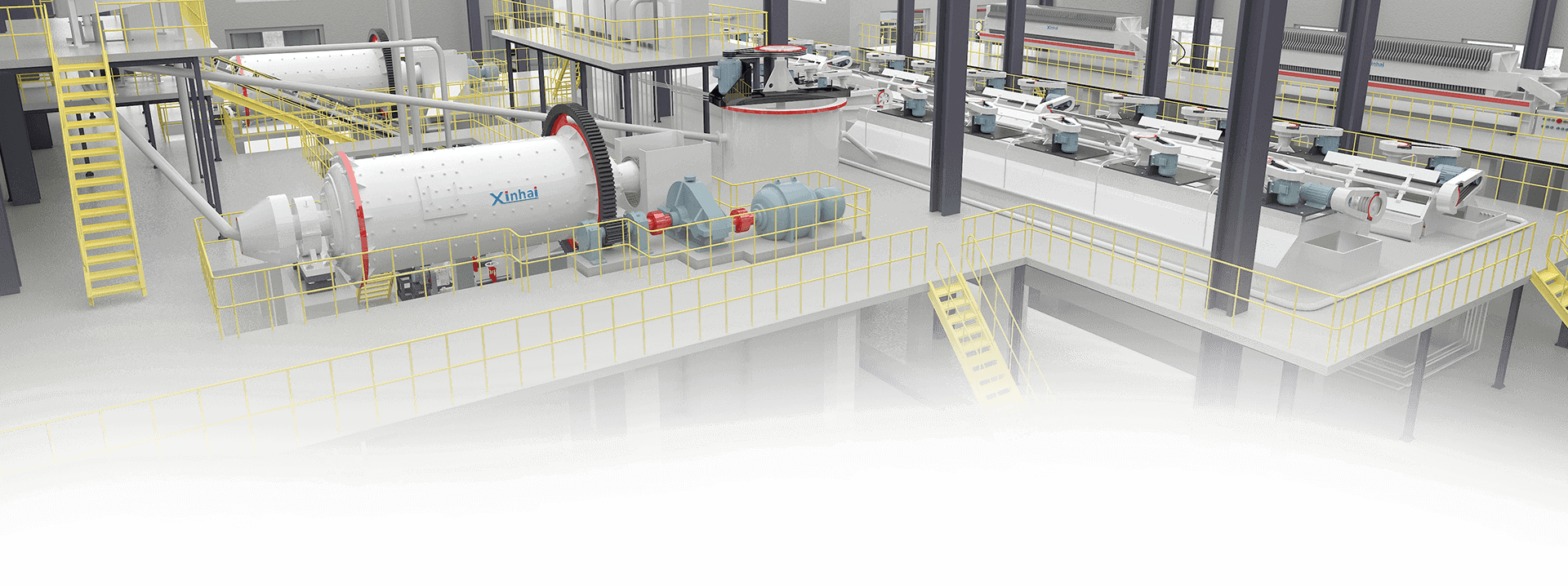
 Message
Message Chat Now
Chat Now


